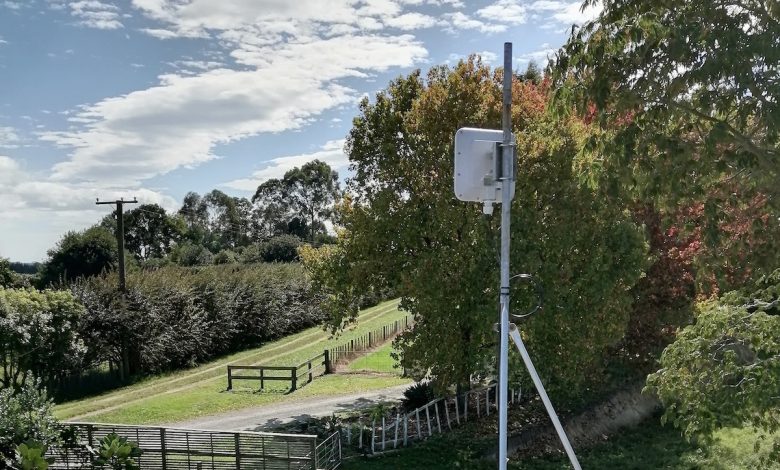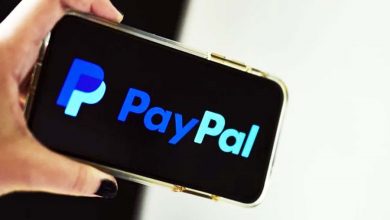High Speed Internet in Rural Areas in 2021

When it comes to global issues, access to high-speed Internet may not be a high priority. But when a community lacks Internet access, the economy can suffer as residents struggle with limited educational and employment opportunities.
In the United States, many people struggle with high Internet costs and low, erratic – or nonexistent – bandwidth. The Federal Communications Commission estimates that 18.3 million Americans – 5.6 percent of the population – lack access to high-speed Internet. If you are living in a village then unlimited high speed internet for rural areas will be a dream for you.
However, a study by BroadbandNow Research, which examined the FCC’s data in more detail, concludes that the number is closer to 42 million people or 13 percent of Americans. The problem is particularly pronounced in rural areas: According to the FCC, 22 percent of Americans lack broadband Internet access at home, compared with just 1.5 percent of urban Americans.
“Internet access is essential for rural communities,” says Christopher Mitchell, director of the Community Broadband Network Initiative, a program of the Institute for Local Self-Reliance, a research and advocacy organization. “In some ways, it’s even more important than for cities.

The two things that immediately come to mind are education and jobs,” he says. Without Internet access at home, “homework opportunities are limited,” he explains, “and employers want to put their workplaces in places with good Internet access. Cities with poor Internet access are generally shrinking.”
Rotary clubs take on high speed Internet inequality
When the Rotary Club of Denver celebrated its 100th anniversary in 2010, members thought about a project to mark the occasion. Club member John Klug recalls, “We kept asking ourselves what we could do that someone could look back on 100 years from now, on our 200th anniversary, and say, ‘Wow.’ What they did was amazing; it made a difference.”
Roland Thornton, the club’s president at the time and an executive with telecommunications company Qwest Communications, knew that many rural schools did not have the high-speed Internet access common in cities, leaving students at a disadvantage. “There are countries in Asia,” Thornton recalls, “that have much better broadband access than the United States. So I was trying to make us more competitive from a global perspective. My focus was on these rural schools.
What is broadband?
The term broadband refers to fast, powerful, and reliable Internet access. Wired broadband access can be provided via a digital subscriber line (DSL), a coaxial cable, or a fiber optic line (transmits light through glass threads). Broadband access can also be provided wirelessly. The minimum speed to be considered broadband is 25 megabits per second (Mbps) for downloading and 3 Mbps for uploading. Better connections range from 100 to 1,000 Mbps.
Thornton heard about an organization called Eagle-Net Alliance (the acronym stands for Educational Access Gateway Learning Environment Network), a coalition of public and private groups that wanted to bring high-speed Internet to Colorado’s most remote corners. At the time, the state consider a tech hub. But is ranked among the bottom in the nation for broadband connectivity. In some rural areas, Internet costs were ten times higher than in Denver. Eagle-Net had applied for a federal grant from the Government Broadband Grant Program, but the application was denied. So the Rotary Club of Denver took up the challenge.
“We wanted to focus on Rotary’s centennial in Colorado. So this project was of interest to us,” says Seth Patterson, president of the Denver club in 2011-12. “It covered almost every corner of the state.”
The club helped Eagle-Net reapply for the grant. Members started an online petition and created a YouTube video. The video emphasized that the issue was bipartisan. And IT included statements of support from former Senator Hank Brown, a Republican, and former Governor Dick Lamm, a Democrat.
In addition, they tied in school boards, local officials, and business groups to show community support. The second application was successful. And Eagle-Net received a $100.6 million grant to begin expanding Colorado’s information superhighway to reach all of the state’s children.
Related Articles: unlimited 4g internet service for home
For Home Page Click: Home


